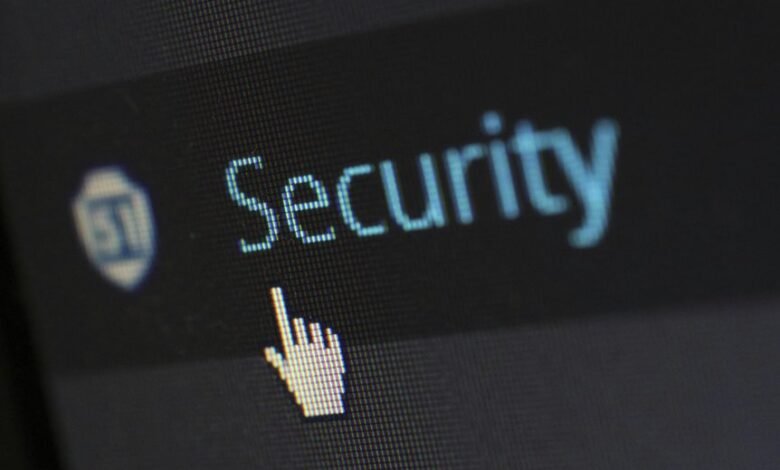Caller Protection & Hotline Security Network 3385212556 3511298283 3511642198 3923849985 3886981788 3899364878

The Caller Protection and Hotline Security Network, identified by numbers such as 3385212556 and 3511298283, serves an essential function in safeguarding communications. By enhancing caller verification procedures, it filters out fraudulent activities and ensures that genuine calls are prioritized. This network not only protects users from scams but also cultivates an environment of trust. As the digital landscape evolves, understanding its implications becomes increasingly crucial for maintaining personal security. What strategies can individuals adopt to navigate this complex system?
Understanding Caller Protection Networks
Although caller protection networks are often underappreciated, they play a crucial role in safeguarding sensitive communication.
These systems enhance network reliability by implementing caller verification processes that ensure only legitimate calls reach the intended recipients.
This not only protects users from fraud and unwanted solicitations but also fosters a sense of security, allowing individuals to engage freely in essential conversations without fear of intrusion.
The Role of Hotline Security in Consumer Safety
How can hotline security contribute to consumer safety in an increasingly digital world?
By enhancing hotline efficacy, security measures ensure that consumers can confidently report issues without fear of exploitation. This protection fosters consumer trust, as individuals feel safeguarded while seeking assistance.
Ultimately, robust hotline security not only mitigates risks but also empowers consumers, enabling them to navigate the digital landscape with greater assurance.
Identifying and Avoiding Scams
With the foundation of hotline security established, the focus shifts to the pressing need for individuals to identify and avoid scams that proliferate in the digital realm.
Effective scam detection relies on recognizing warning signs such as unsolicited communications, requests for personal information, and pressure tactics.
Best Practices for Protecting Personal Information
What strategies can individuals employ to safeguard their personal information in an increasingly interconnected world?
Employing data encryption can protect sensitive data from unauthorized access.
Additionally, understanding and reviewing privacy policies helps individuals make informed choices about their information sharing.
Regularly updating passwords and utilizing two-factor authentication further enhance security, enabling individuals to maintain greater control over their personal data in a digital landscape.
Conclusion
In a world where the lines between safety and deception blur, the Caller Protection and Hotline Security Network emerges as a paradoxical beacon of trust. While it promises to shield users from scams, the irony lies in the fact that the very technology designed for protection can also be manipulated by malicious actors. Thus, despite the network’s efforts, consumers must remain vigilant, navigating a landscape where security is only as strong as the awareness of its users.



